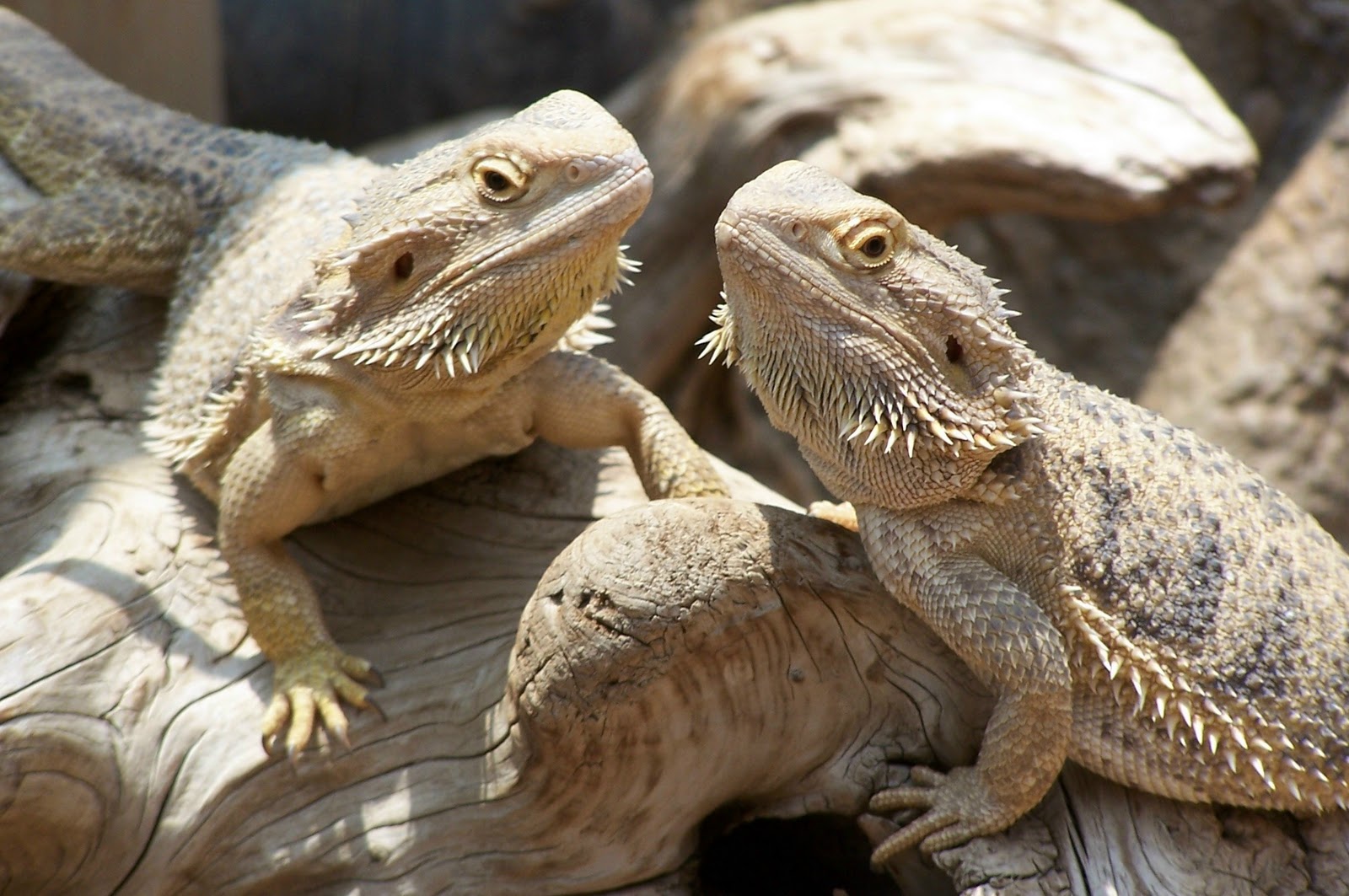Top 10 Bearded Dragon Tank Requirements Every Beginner Should Know
Introduction
Bearded dragons are one of the most popular pet lizards out there. They are easy to take care of, docile and have appetizing personality. However, for them to thrive, you’ll need to provide them with specific living requirements, particularly in their tanks. In this blog, we’ll go over the top 10 bearded dragon tank requirements every beginner should know about.
1. Size of the Tank or Enclosure
A proper tank size is crucial to bearded dragon’s comfort and wellbeing. While young dragons can be housed in a 20-gallon tank, adult bearded dragons need a minimum of a 40-gallon tank. Of course, the bigger the enclosure, the better it is for them. You want a tank that will allow beter maneuverability, exercise and opportunities for natural habits, like climbing.
2. Tank Placement
Bearded dragons are cold-blooded animals and require a heat source to stay comfortable. So you’ll want to place their tank where it can receive lots of natural light and warmth - such as in front of a window - and no drafts. A tank that’s too close to a window without proper shading accessories can lead to overheating also.
3. Temperature and Heat Gradient
Bearded dragons need a specific temperature range to stay healthy. You’ll need to provide them with a heat gradient, an area in the tank with a hot spot and a cool spot. Underneath the tank, you can install a heating pad, while the hot side of the tank can be kept warmer using a basking lamp. The hot side temperature should be between 100-110°F, while the cooler side of the tank should remain around 80-85°F.

4. Lighting
Lighting is critical for your bearded dragon’s overall health and wellbeing. The most important type of light you’ll need is UVB lighting, which provides vitamin D3 for the bearded dragon. Many store lighting products fail to meet the recommended 10-12% UVB output. You should only use ambient UVB bulbs - this will ensure a sustainable amount of UVB efficiency for your dragon’s health. Incandescent bulbs will still be needed to be retained for heating during the night.
5. Materials for the Tank
The materials for your bearded dragon’s tank should be safe, sound and supportive. Tanks can be made of different materials, such as plastic, glass, and wood. However, we recommend a glass terrarium that’s easy to clean, allows for better temperature and light control.
6. Substrate
The substrate is the material used at the bottom of the tank to cover the surface. It is essential to pick a material that will not harm your bearded dragon if ingested. We recommend tiles, lay paper towels or reptile carpet as they are safer than sand or the shredded bark. The substrates should be changed and cleaned regularly to prevent bacteria buildup and bad odor.

7. Hides
Bearded dragons love to hide and sleep, and this should be accommodated to allow them to stay healthy and happy. Providing several hiding places, like rock hides or logs perch can also help your dragon feel more comfortable in its surroundings.
8. Accessories
Accessories can help enrich your bearded dragon’s life. You may want to add a food dish, water dish, and climbing branches, or perhaps a hammock. Just remember, each accessory should be safe and pesticide-free, especially the tree branches. Avoid using anything that can easily break, as they can pose a safety risk to your bearded dragon.
9. Hydration
Bearded dragons depend on water to remain hydrated. A shallow water dish should be placed on the cool side of the tank. The water should be changed daily or sooner if it gets dirty. Bearded dragons prefer to drink from water droplets, so misting their tank with water frequently will help them stay hydrated while also providing an opportunity for them to lick humidity droplets.
10. Diet and Feeding
Bearded dragons are omnivorous and require a balance of insects and vegetables in their diets. Dust the food with calcium and vitamin D twice a week or according to your veterinarian’s recommendation. Proper cleaning and disinfecting should also be regularly done with food dishes as they can attract mold and bacteria.

Conclusion
By now, you should have a better understanding of the necessary requirements needed to create an ideal home for your bearded dragon. Remember the importance of the right size and location of the tank, the number and type of accessories, and the temperatures to use. Always do in-depth research and seek professional advice when necessary. Create an environment that is comfortable, healthy, and fun for your bearded dragon!
